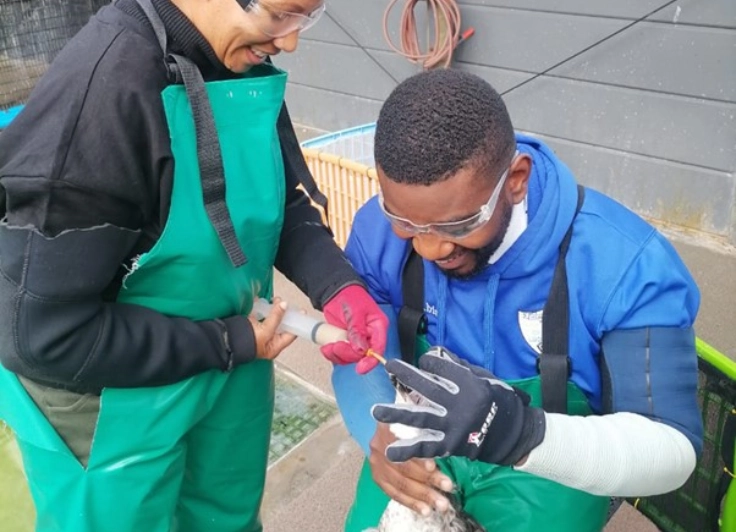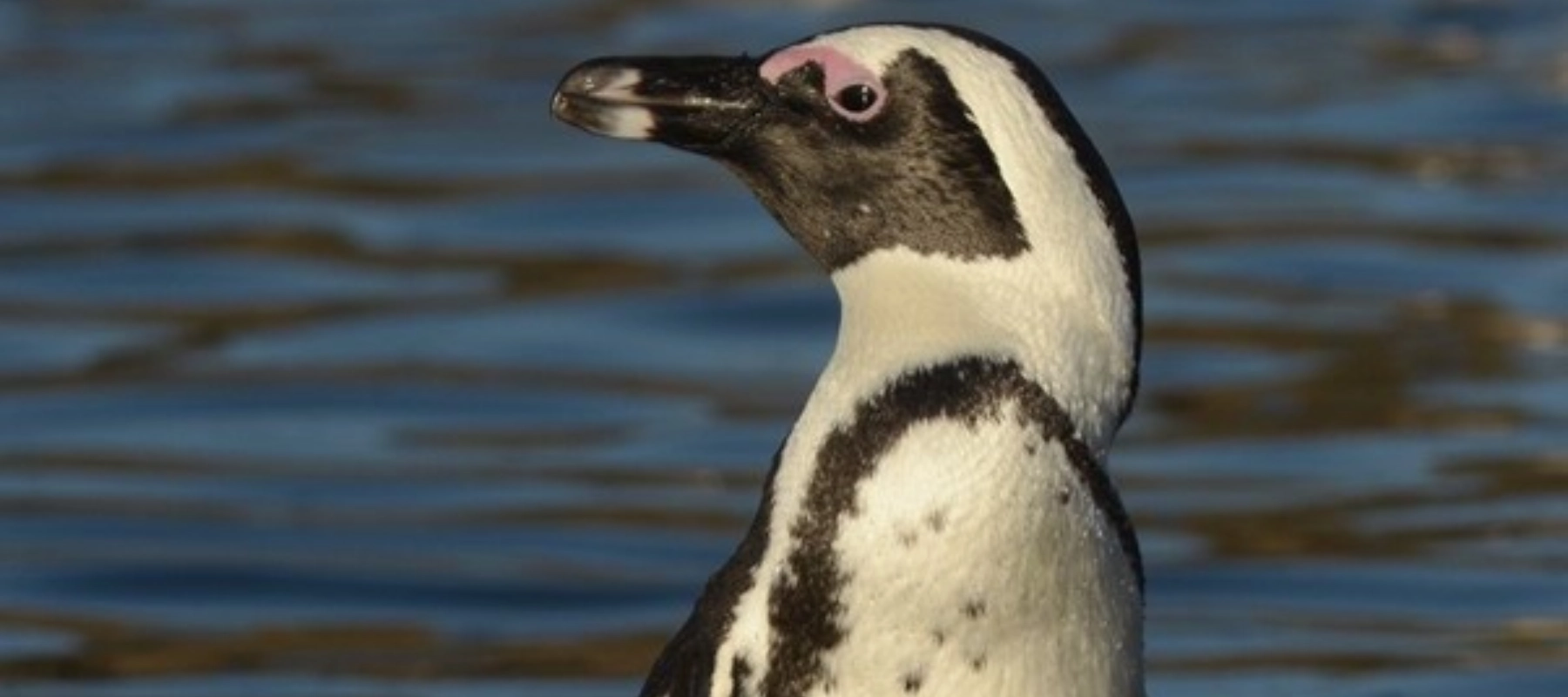THE AFRICAN PENGUIN: ONE OF THE CONTINENT’S MOST RECOGNISABLE AND BELOVED SEABIRDS
The African penguin was once a very common sight along southern Africa’s coast, with an estimated four million individuals at the beginning of the nineteenth century. Today, their numbers have drastically declined. They now breed primarily on small offshore islands along Namibia and South Africa, with a few mainland colonies in South Africa.
Through the Debmarine-Namdeb Foundation in Namibia, we help provide critical care and monitoring for seabirds along the Namibian and South African coasts, including the critically endangered African penguin. The Foundation is also a founding member of NAMCOB (Namibian Foundation for the Conservation of Seabirds), which works to conserve seabirds along Namibia’s coast and in its marine exclusive economic zone. NAMCOB’s efforts emphasise the protection of the most threatened species while also promoting ocean literacy among communities living and working near seabird habitats.
Training first responders
The Foundation is investing money, time and people power to strengthen and expand an emergency response network for seabirds. This programme has trained local first responders and established Emergency Response Units for seabirds in Lüderitz, Oranjemund, Swakopmund and Walvis Bay. We have also supported the Ministry of Fisheries and Marine Resources by renovating the existing seabird rehabilitation centre located on Ministry grounds. This represents a crucial first step in improving Namibia’s preparedness for large-scale events such as oil spills, which can severely impact sea life, including penguins and other seabirds.

Helping colleagues become life-savers
Working on Namibia’s coastline brings Namdeb colleagues into close contact with a wide variety of birds – from penguins and flamingos to gulls and cormorants. Unfortunately, some of these encounters involve birds in distress. Ordinarily, this would mean calling a rescue facility. But thanks to the training provided, our teams now have the skills, knowledge, and equipment to care for injured or ill birds – administering critical care quickly and effectively.
“We teach teams how to stabilise a penguin by giving fluids to hydrate it properly, as well as grooming management to help it stay clean during recovery,” explains Nicky Stander, Head of Conservation at the Southern African Foundation for the Conservation of Coastal Birds (SANCCOB). These new life-saving skills are not limited to penguins but can be applied to more than 30 bird species found along the coast.”
“I’m proud to be doing this! The training has reinforced the importance of these species, and what they mean for the future of this ecosystem.”
Namdeb Environmental Officer


